When you’re just beginning your career as an SEO, it can often be difficult to know where to start. You’ve likely heard that links, content, and RankBrain are Google’s top three ranking factors, but this means very little when your main objective is to start to see your website ranking on Google.
While SEO can get complex when you’re working with larger sites or those that come with their own set of unique challenges, there are a whole host of SEO basics that you can work through to take your site’s organic performance to the next level.
We’re not talking things that will take you weeks to learn, but steps you can take that will make a difference. To help you learn how to do SEO, we’ve compiled a checklist of the SEO basics that you need to know and get right on your site.
What is SEO?
If you’re an SEO beginner, let’s take a quick look at what SEO actually is and how it works. SEO is an organic (non-paid) marketing tactic that helps you to increase your website’s ranking on the search engines for search terms that are related to your business, helping to increase traffic and associated conversions.
Ultimately, SEO should bring more traffic to your website, more customers, and more revenue.
And in our ‘What is SEO?‘ guide, Jason Barnard clearly summarized SEO as:
SEO is the art and science of persuading search engines such as Google, Bing, and Yahoo, to recommend your content to their users as the best solution to their problem.
His video that accompanied this guide is a great watch if you’re wanting to learn more about the basics of what SEO is and how search engines work.
Why Does SEO Matter?
In 2020, when a potential customer of yours is looking for the products or services that you offer, there’s a good chance that the first place they’ll turn is Google. If you’re not visible when your customers search, it will be your competitors who land the sale.
When you’re able to launch a successful SEO strategy, this can:
- Ensure that you’re visible when your potential customers are searching on Google.
- Drive targeted traffic to your website from people directly looking for what you offer as a business.
- Result in increased organic revenue (that you’re not having to pay per click for).
- Give you a strong competitive advantage.
By understanding some of these SEO basics, you can help create a solid organic strategy to help you meet your goals.
Understanding SEO Basics
Before we dive into looking at the basics of SEO, let’s go a little deeper into SEO and discuss Google’s algorithm.
When we look at Google’s “How Google Search Works” page, we can clearly see understand their underlying goal:
Every time you search, there are thousands, sometimes millions, of webpages with helpful information. How Google works out which results to show starts long before you even type, and is guided by a commitment to our users to provide the best information.
And this is closely followed by clear transparency around their desire to return the most relevant results:
In a fraction of a second, Google’s Search algorithms sort through hundreds of billions of webpages in our Search index to find the most relevant, useful results for what you’re looking for.
And these are the underlying principles of SEO that you need to understand.
Driving success comes down to:
- Making sure that Google can properly crawl and index your site (technical SEO).
- Creating the best, most relevant results on the web that are related to your business (on-page SEO and content).
- Building up a site’s authority to ensure that this great content is trusted by search engines (off-page SEO and link building).
So let’s look at the SEO basics to help you drive organic growth.
Mastering the Basics of SEO
Not everything that you do as an SEO needs to be complex. In fact, it’s often the basics that deliver the quickest wins when you get them right. We’ve put together a checklist of 21 simple SEO tasks and focus areas that you need to make sure you’re getting right and have divided them into a few sections:
- Keyword Research
- Technical SEO
- On-Page SEO
- Link Building
But before we begin, head over to the Site Audit tool and begin a crawl of your site; we’ll be coming back to this later.
Keyword Research – Discover What Your Target Audience Is Searching For
Learning the SEO basics means starting with the most important element: keyword research.
1. Find Your Site’s Primary Keywords
Often referred to as ‘short-tail,’ ‘money‘ or ‘head-term,’ keywords, these are the high-volume, high-competition search terms that your ultimate goal is to rank at the top of the SERPs for.
Yes, they’re usually competitive and it will take a new site time to be able to rank for these terms, but you need to know what your longer-term goals are in order to roll out an effective strategy.
Here’s how to find your site’s primary keywords:
- Note down the different terms that you’d expect a customer or client to use when looking for a business like yours on Google. Using Google sheets, or Excel, helps to keep these in one place and easy to use in the next step. There are no right or wrong terms to note; it’s just about putting down as many ways people could search for your business, in your opinion, as possible.
- Head to the SEMrush Keyword Overview tool to enter the search terms that you’ve just noted down and hit ‘analyze.’
- You’ll discover a whole set of stats around these keywords, including the monthly search volume and KD (keyword difficulty). These are two key stats here to take note of that we’ll need to use.
- You’ll quickly see which keywords receive searches and which do not. And those which do, and could potentially drive traffic to your site, can be added to a keyword list by clicking the +.
2. Find Variations of These Keywords and Long-Tail Terms
Keyword research in 2020 is about so much more than targeting just a few search terms. You need to write effective pages that deserve to rank, which means understanding the wider concept of topics and how to integrate keywords to relevant pages.
You can do this by heading to the keyword list that you’ve just created, where you’ll see those that you added:
- Click into any of the keywords, and you’ll be taken to a page that shares more insights around that specific term.
- Here, you’ll see a Keyword Variations box, which is perfect for building out your keyword list. You’ll find keyword variations of your main keyword, so you can properly optimize your site for other relevant terms.
- But aside from this, you’ll also see questions and related keywords, both of which can give further insights and ideas that can help you build out a long-tail keyword strategy.
If you’re not familiar with long-tail keywords, these are longer search terms that typically have a lower search volume but a higher level of intent. The Keyword Magic Tool can help you find further opportunities for long-tail keywords.
3. Understand Where Your Site Can Compete Right Now
You need to figure out where you can realistically compete right now, and build out a strategy to set a strong foundation. This foundation helps you build up your authority, which sets you up for future SEO success as your organic footprint grows.
You can start by analyzing the Authority Score of your own site and your competitors to see where you stand and how to strategize.
But what is Authority Score (AS)?
Simply put, “Authority Score is our compound domain score that grades the overall quality of a website and tells you how impactful a backlink from a site can be for your SEO.”
The score is based on the following SEMrush data:
- Backlink data including referring domains, follow and no follow links, and more
- Organic search data including organic search traffic and keyword positions
- Website traffic data (monthly visits)
You need to find your own AS and compare this with the sites that you’re competing against on SERPs. To do this:
- Head back to Keyword Manager and click into your list. You’ll see a ‘show’ link on the ‘Top Competitors’ column.
- Grab these URLs and head to the Bulk Backlink Analysis tool and run these URLs. Then you’ll see the AS score for each one. Be sure to include your own URL to compare, too.
- Comparing your own page against the competitors who rank will give you an indication of whether you’re authoritative enough to complete for these right now.
4. Map Keywords to Your Site’s Pages and Identify Missing Pages
The next step is to go ahead and map your primary and secondary keywords to your site’s current pages, being sure to group similar keyword variations where the intent is the same.
This exercise should see the majority of keywords assigned to pages and posts, but any that this can’t be done to form what is known as a “keyword gap.” Essentially, this means you don’t have a page to target a keyword and will need to create this. Mapping this out in Excel or Google Sheets is a convenient way to keep on top of it.
Technical SEO Basics – Making Sure Your Site Can Be Crawled and Indexed
Getting technical SEO right means that your site can be crawled and indexed. Without properly being crawled and indexed, your site will struggle to rank. Here’s how you can get started:
5. Set Up Google Search Console
If you have not done so already, go ahead and set up your site on Google Search Console. Formerly known as Google Webmaster Tools, this free tool helps you to identify any problems that Google might have when indexing or crawling your site.
Head to the Search Console main page and enter your domain, where you’ll then be given a number of options for verification:
Choose the most suitable option and verify your site.
6. Check That Your Site Can Be Indexed and Find Issues
The first thing you’ll want to do with Search Console is to double-check that there are no issues preventing either your whole site, or key pages, from being crawled and indexed.
You can do this with the ‘coverage’ report. It’s on the left-hand sidebar menu. Click it and you’ll see this:
Pay particular attention here to the ‘excluded’ pages. These are where you’ll see specific issues relating to the status of your site’s pages.
You can learn more about understanding the coverage report here.
Additionally, you can inspect any URL on the site (using the URL bar at the top of the page) and see insights relating to the index status of that page.
7. Check Your Robots.txt File
You should see a robots.txt file for your site at: https://www.yourdomain.com/robots.txt
It should look something like this:
If you don’t have one, you’ll need to go and create one.
But what is this file for?
Robots.txt instructs Googlebot (and other bots) how to crawl your site. From a technical SEO perspective, if you find that you’re preventing key site pages from being crawled, this can cause indexation issues. Similarly, if pages that shouldn’t be crawled are not being blocked, this can result in over-indexation and too many pages (either duplicates or low value) being indexed.
You can learn more about robots.txt files here.
8. Submit a Sitemap
In Google’s own words:
A sitemap tells the crawler which files you think are important in your site, and also provides valuable information about these files: for example, for pages, when the page was last updated, how often the page is changed, and any alternate language versions of a page.
You’ll find that, for most websites, this sits at:
https://www.yourdomain.com/sitemap.xml
But this can differ between platforms, and it’s not a necessity that this URL is used. If you need to create a sitemap, now is the time to go ahead and generate one and submit it to Google Search Console. You can do so on the Sitemaps page.
You can read our ultimate guide to XML Sitemaps by Kevin Indig, which will help you to understand in more detail why sitemaps are so important and how to use them effectively.
9. Optimize Your Site’s Speed
No one wants to browse a slow website, and that includes both users and search engines.
A slow site speed can negatively impact your SEO performance with a higher bounce rate, poor dwell time, and lower conversion rate.
But first, you need to benchmark your site’s speed before you can work out the improvements that you need to make. Head to your Site Audit dashboard and to the errors tab. Here you’ll see any pages that have been highlighted as having a slow page speed – a great starting point for making improvements.
From here it is important to understand the specific issues that are causing slow page speed and the opportunities that exist to make improvements. You can start by running your site through Google’s PageSpeed Insights tool, where you’ll be served with recommendations to reduce your load time.
You can learn more about how to improve your PageSpeed score here.
10. Set Up HTTPS
HTTPS has been a ranking factor since 2014.
Yet there are still sites that aren’t secure and still sit on a HTTP domain. Run a check as to whether you’re able to access your site using https:// rather than http://. If you are, then great! There’s no further action needed. If you find that your site still sits on HTTP speak with your developer and carefully plan a migration to HTTPS or follow this guide.
On-Page SEO Basics – Creating Web Pages Worthy of Ranking
Once you’ve sorted out any technical issues that exist on your site, you’ll want to start looking for opportunities to improve your site’s on-page SEO.
But what is on-page SEO?
According to our own guide on the topic:
On-page SEO is the practice of optimizing content and HTML source code to clearly define what your webpage is and what information it is providing. Some areas that need to be optimized include page titles, meta descriptions, alt-text, internal links and anchor text, URLs, and more.
11. Understand What Searchers Want to See For a Query
Before you start creating or optimizing content, you need to understand what searchers want to see for a query, especially when there could be a mixed intent.
You need to know whether the intent of a searcher is to see informative and educational content or commercial (products, categories, or service) pages. The best way you can do this is to head to the SERPs and spend time analyzing the pages that rank in the top 10 positions. Doing this also helps you to understand things like the length of the content that’s ranking, the topics covered, and more.
Need more assistance? You can learn about how to identify search intent in this guide.
12. Create Content That Matches Intent
When it comes to creating content that matches searcher intent to help you to outrank your competitors, you can use the SEMrush SEO Content Template to help you to produce a plan and framework for each page.
Simply enter the keyword that you’re primarily targeting with a page and it will analyze the top 10 results for this keyword and return a templated framework that you can use to build out the content for your own page.
You’ll be able to get an insight into the recommended text length, semantically related words to build in, recommended sources of backlinks, and more. Combine this with the insights you gained from manually analyzing the top 10 results and you’ll be set to focus on creating content that’s even better than the current top results.
13. Optimize Your Title Tags
Title tags are one of the basics of on-page optimization. They are both displayed as the title of your listing on SERPs and are a key ranking factor.
At a very simplistic level, you’ll want to make sure that the title tags of your site’s pages are unique and include the main target keyword for the page (and variants where possible).
But the reality is that there’s more to optimizing these than simply adding keywords, and our guide on how to write title tags suggests:
- Keep titles about 55-60 characters long
- Use target keywords in titles.
- Describe your page content in the best possible way.
- Use words like HOW, WHY, WHAT, and WHERE – help people understand what they will find on the page.
- Use words like BEST, REVIEW, and ULTIMATE – entice users to click.
- Write unique titles, no duplicates!
- Use your company name or brand wisely.
- Keep it simple.
14. Optimize Your Meta Description
Meta descriptions are what displays under the page title on SERPs for your site and is the perfect way to encourage a user to click on your listing over your competitors’.
While they’re no longer a direct ranking factor, they can positively impact CTR (click-through rate), something that is one. In our SEO basics guide to meta descriptions we recommend the following tips to properly optimize them:
-
Keep them about 1-2 sentences (140-160 characters) long
-
Don’t forget to include your keyword
-
Add a call-to-action if it’s relevant
-
Avoid duplicate meta descriptions
-
Make them meaningful and descriptive, matching your content
-
Target an emotion
15. Optimize Your Heading Tags
Another key on-page element for SEO basics is the heading tags, also referred to as H1 – H6 tags.
These are used to head up blocks of content and should be descriptive, include target keywords, and variations.
But what are the recommended tips for writing heading tags that help to improve your on-page SEO? In our guide to small business SEO, we recommended:
- You should use an H1 tag for the main heading on every page
- Include keywords naturally – don’t force them or over-optimize
- Use H2 – H6 tags to break up your page content
- Write for users, not search engines
- Summarize what’s in the content that they head up
16. Optimize Your Page URL
When you’re thinking about SEO basics, it’s important to write quality URLs that describe the page’s content.
Think about it this way…
If you had two page URLs:
- /page-1/
- /red-shoes/
Which one would you say is better optimized?
The second, of course, for the simple reason that it’s descriptive. Even by looking at the URL, you can clearly identify that the page is expected to show red shoes.
As a general rule of thumb, URLs:
- Should be descriptive and match the page’s primary keyword
- Use hyphens rather than underscores between words
- Use lower-case, rather than mixing in capital letters
- Be as short as possible, while still describing the contents of the page
17. Optimize Your Images
Ensuring your images will improve user experience is often overlooked, but by properly optimizing them (from size to adding alt text) can pay off when done correctly. Be sure to optimize your images and you’ll almost always find that your site loads quicker, bringing improved SEO benefits and better user experience. Our guide to image optimization offers a few tips to help you get started:
- Name your images properly to be descriptive, rather than using auto-generated file names from your camera.
- Resize images to the dimensions they’ll be displayed at.
- Reduce file sizes and compress images.
- Optimize alt tags with descriptive text.
18. Add Links From Other Pages on Your Site
When you’re thinking about SEO basics, don’t forget about internal linking. Linking between pages on your site will:
- Help search engines understand your site’s structure
- Pass authority between pages
- Help users to navigate between pages
And the good news is that the SEMrush Site Audit tool can help you to build a better internal linking structure. This tool includes an internal linking report:
You can learn more about getting internal linking right in this guide.
Building Links – Increasing Your Site’s Authority By Getting Other Websites to Link to Yours
The other main pillar of SEO success comes from building your authority. How do you do that? Backlinks.
In short, a backlink is one website giving a link back to your website — essentially giving you a vote of confidence and supporting you. As long as the site that’s linking back to yours is a good, trusted authority, your site can see improved performance.
We covered the many different link building strategies that you can use, so take a look and begin reaching out!
19. Build Links from Associations, Suppliers and Connected Business
One of the quickest wins for building links is to reach out to real-life connections that your business has.
That could be:
- Your suppliers
- Associations that you’re a member of
- Your office block’s website
- Your local chamber of commerce
Think about business connections who have a website that link out to others who they work for. Then, simply ask if they’ll link out back to your site. You’re looking for pages that list members or other businesses like this one:
Often, all you need to do is ask your contact, and you’ll be able to get a link placed.
20. Submit Your Site to Quality Directories
If you’re a local business or work in a specific niche, you’ll likely find that business directories exist where you could submit your site and get a link in return.
And this can be a really quick way to build foundation links for your site.
Head to Google and run a search for things like:
- [location] business directory
- [industry[ directory
- [location] business listings
You may need to pay a small listing fee, but remember that this is about more than just SEO… it’s placing your business in front of an active audience looking for businesses just like yours, especially in instances when these directory pages rank on the SERPs.
21. Use HARO to Earn Links from the Press
If you’ve not heard of HARO, it could turn out to be your new link building best friend.
It’s a platform that connects journalists who are looking for content for their stories with business owners and marketers just like you.
Three times a day, Monday to Friday, HARO sends out an email which includes requests from journalists like this:
If there’s a relevant request that makes sense for your business to respond to, go ahead and do it. This is a great intro to building authority links from the press and monitoring these emails every day should see opportunities pop up weekly for most businesses. Just be sure to submit quality value-adding responses on things you’re truly an expert in.
These cover the key SEO basics to get started. If you’re beyond learning the basics of SEO, make your way through our SEO checklist so you can continue building on your skills and driving continued organic growth!
This marketing news is not the copyright of Scott.Services – please click here to see the original source of this article. Author:
For more SEO, PPC, internet marketing news please check out https://news.scott.services
Why not check out our SEO, PPC marketing services at https://www.scott.services
We’re also on:
https://www.facebook.com/scottdotservices/
https://twitter.com/scottdsmith
https://plus.google.com/112865305341039147737
The post Are You Getting These 21 SEO Basics Right? (How to Do SEO if You Are a Beginner) appeared first on Scott.Services Online Marketing News.
source https://news.scott.services/are-you-getting-these-21-seo-basics-right-how-to-do-seo-if-you-are-a-beginner/
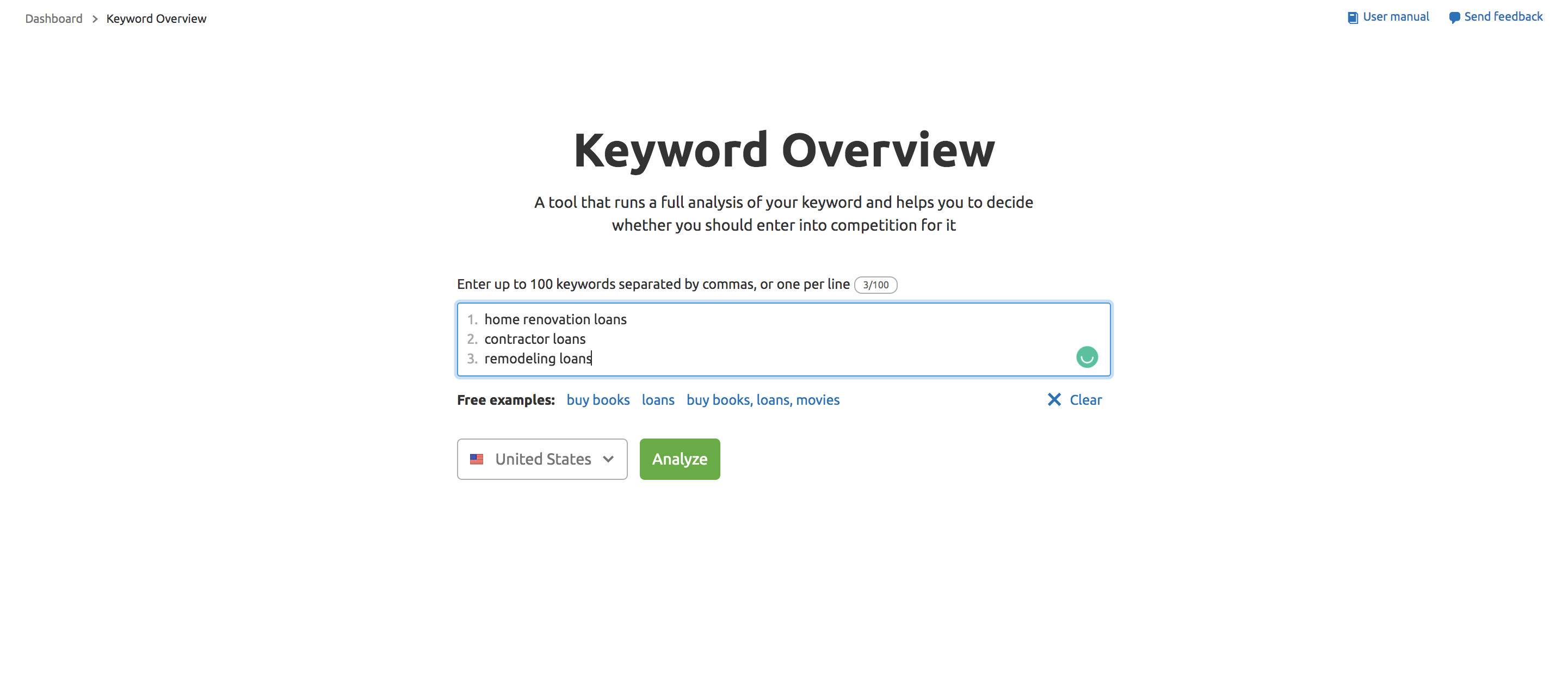
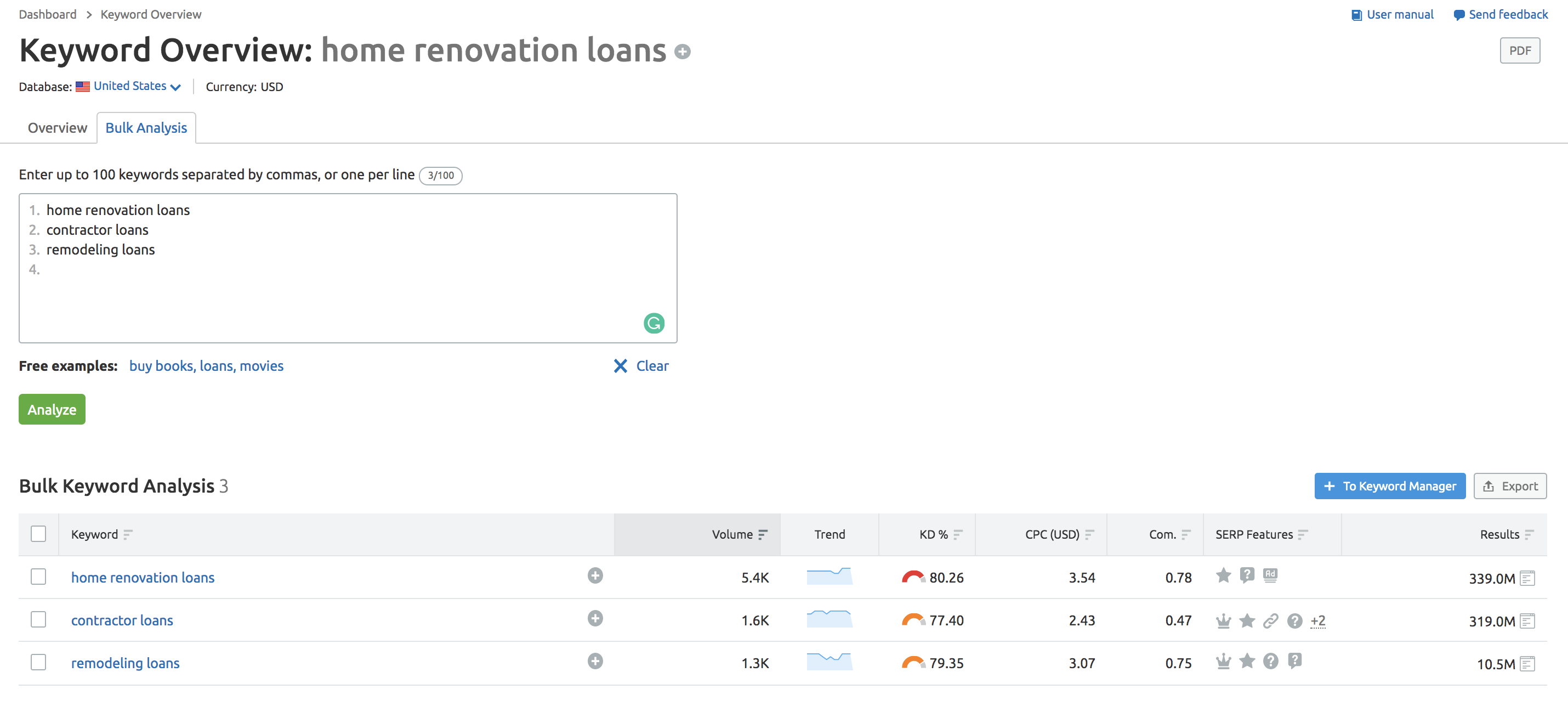

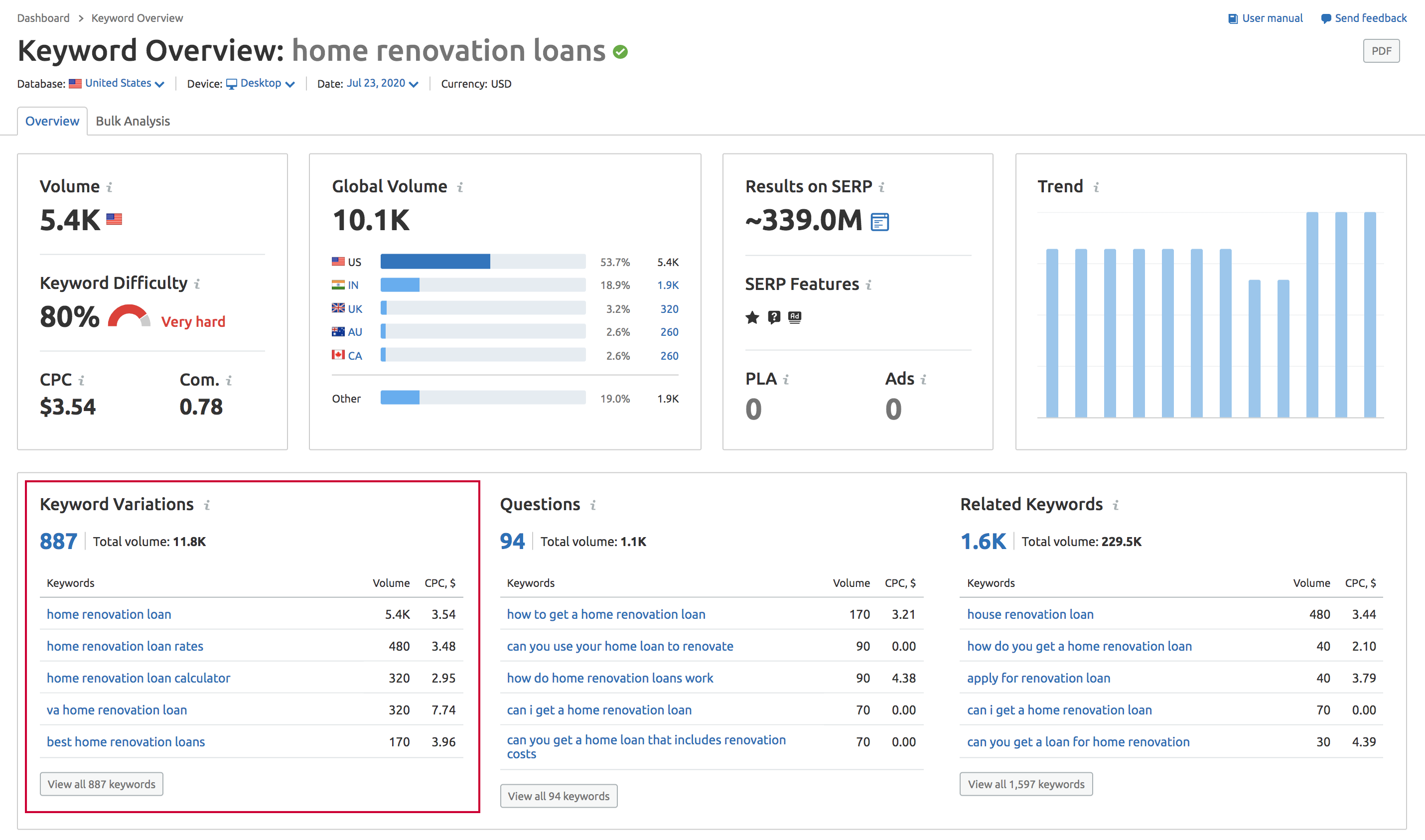
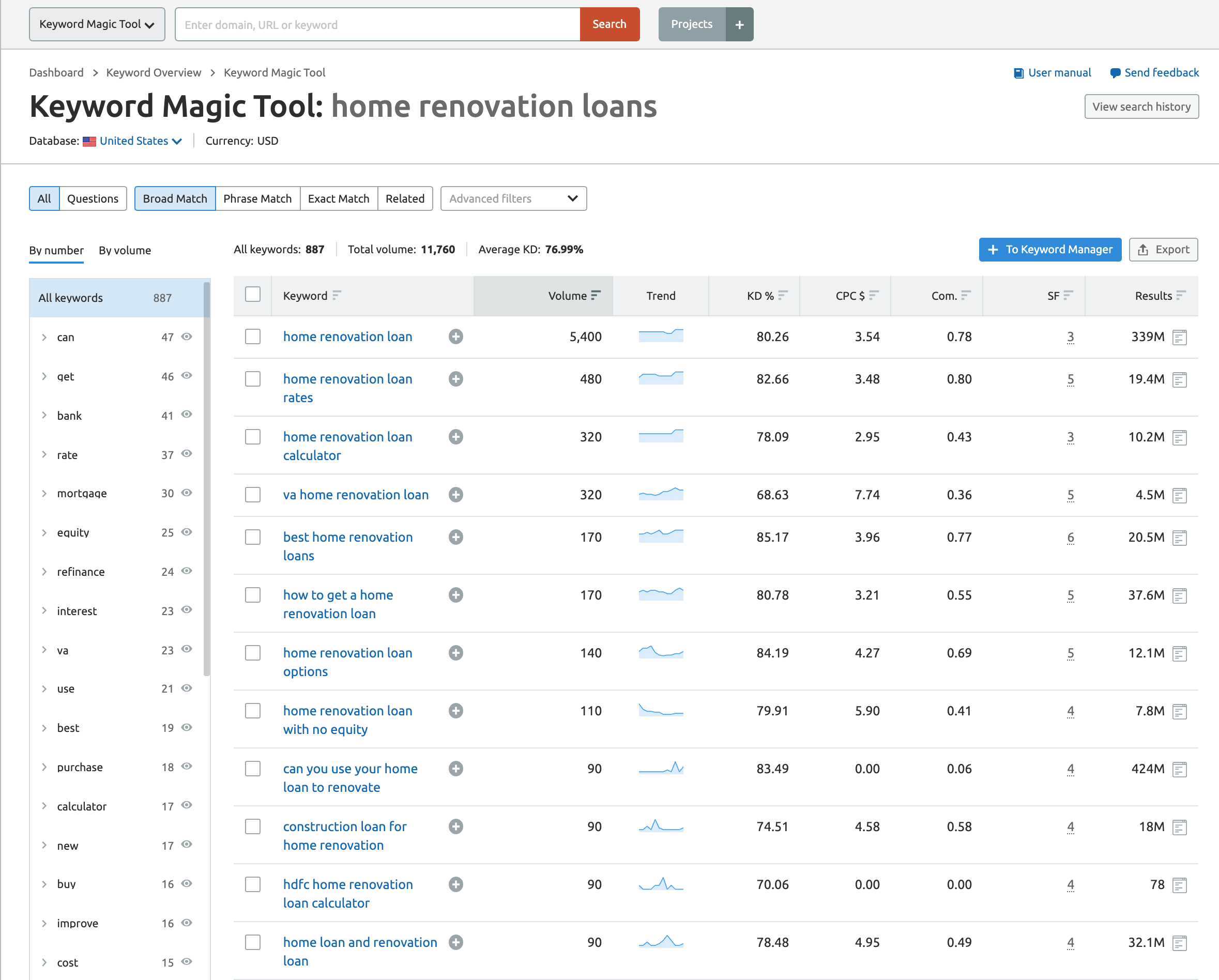
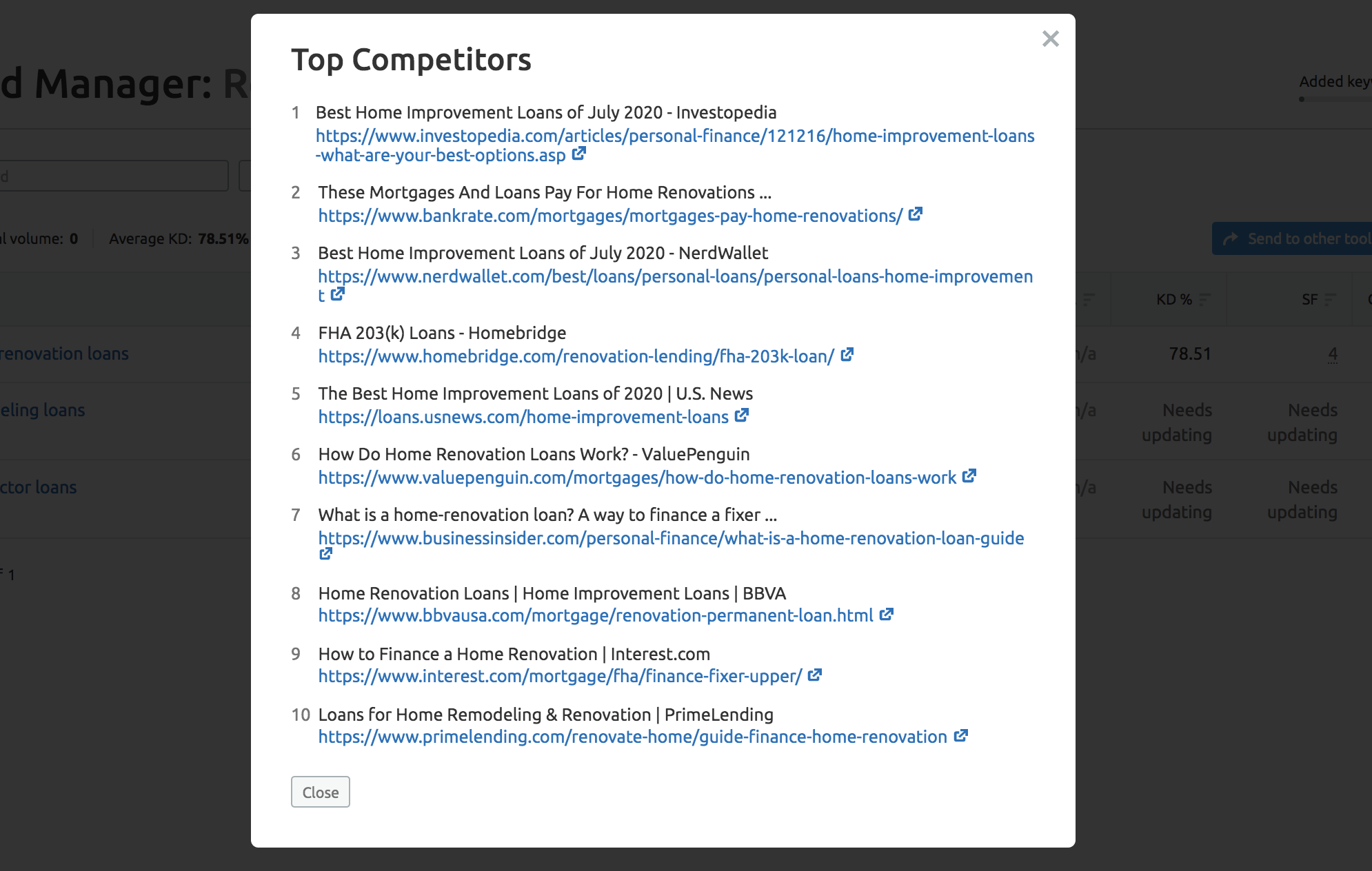
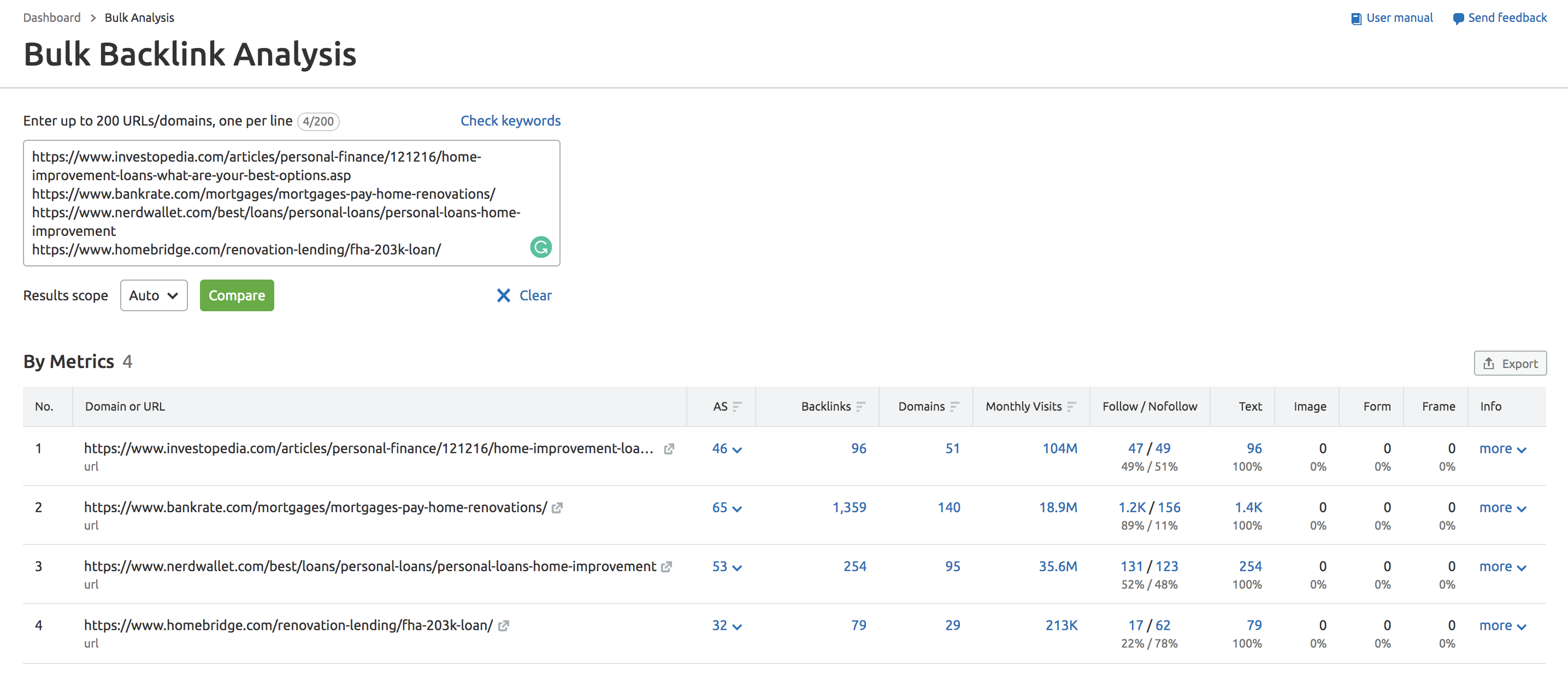
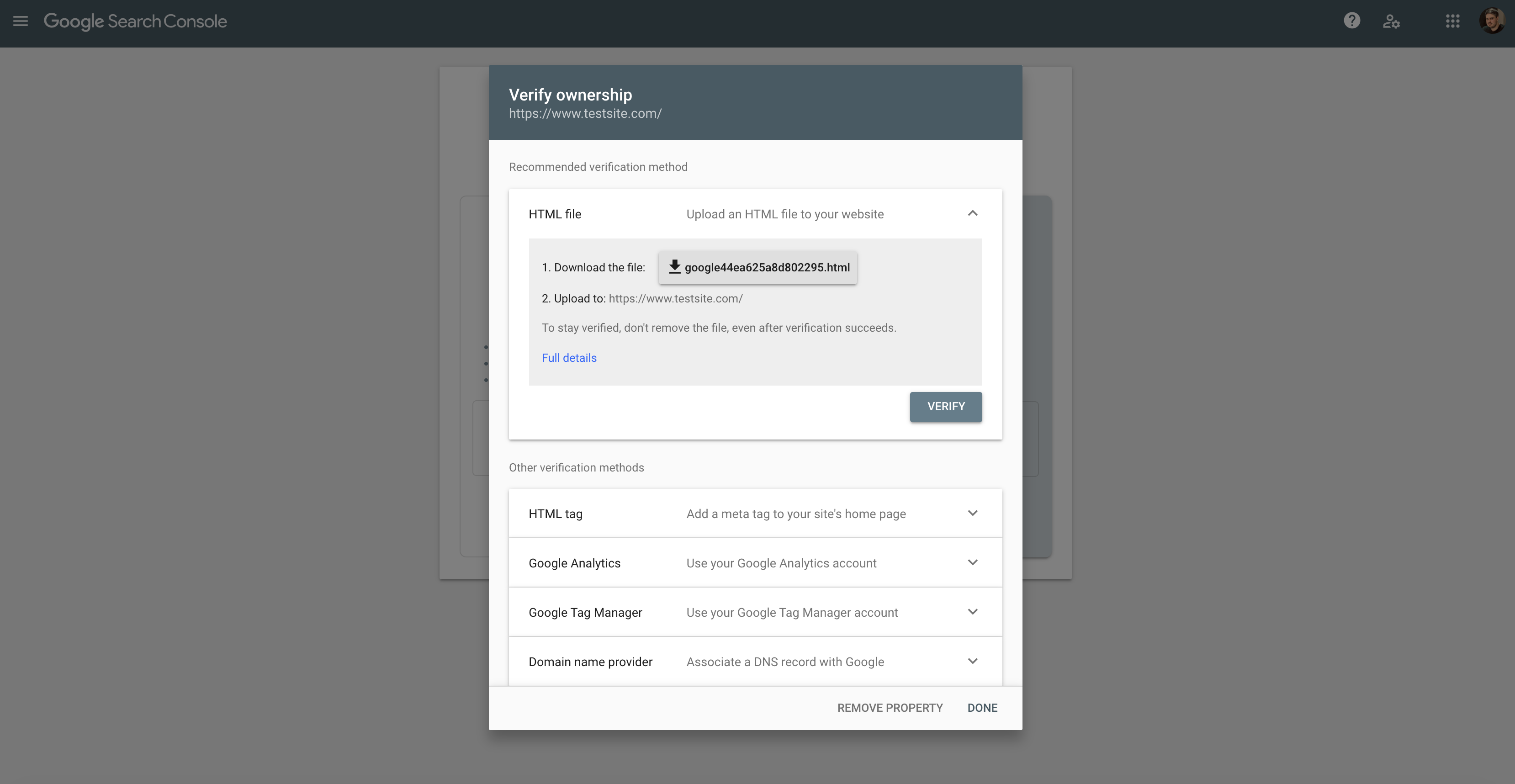
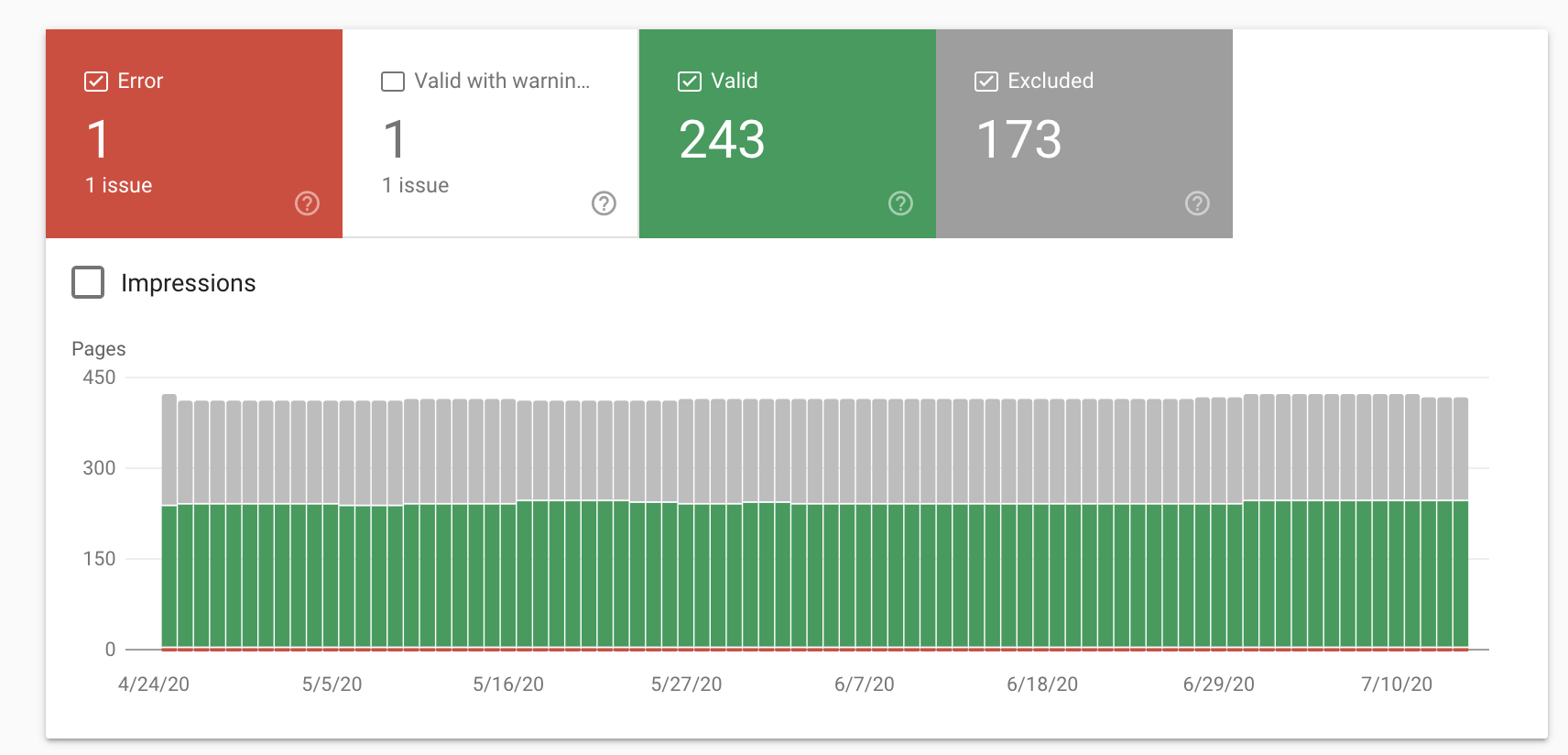
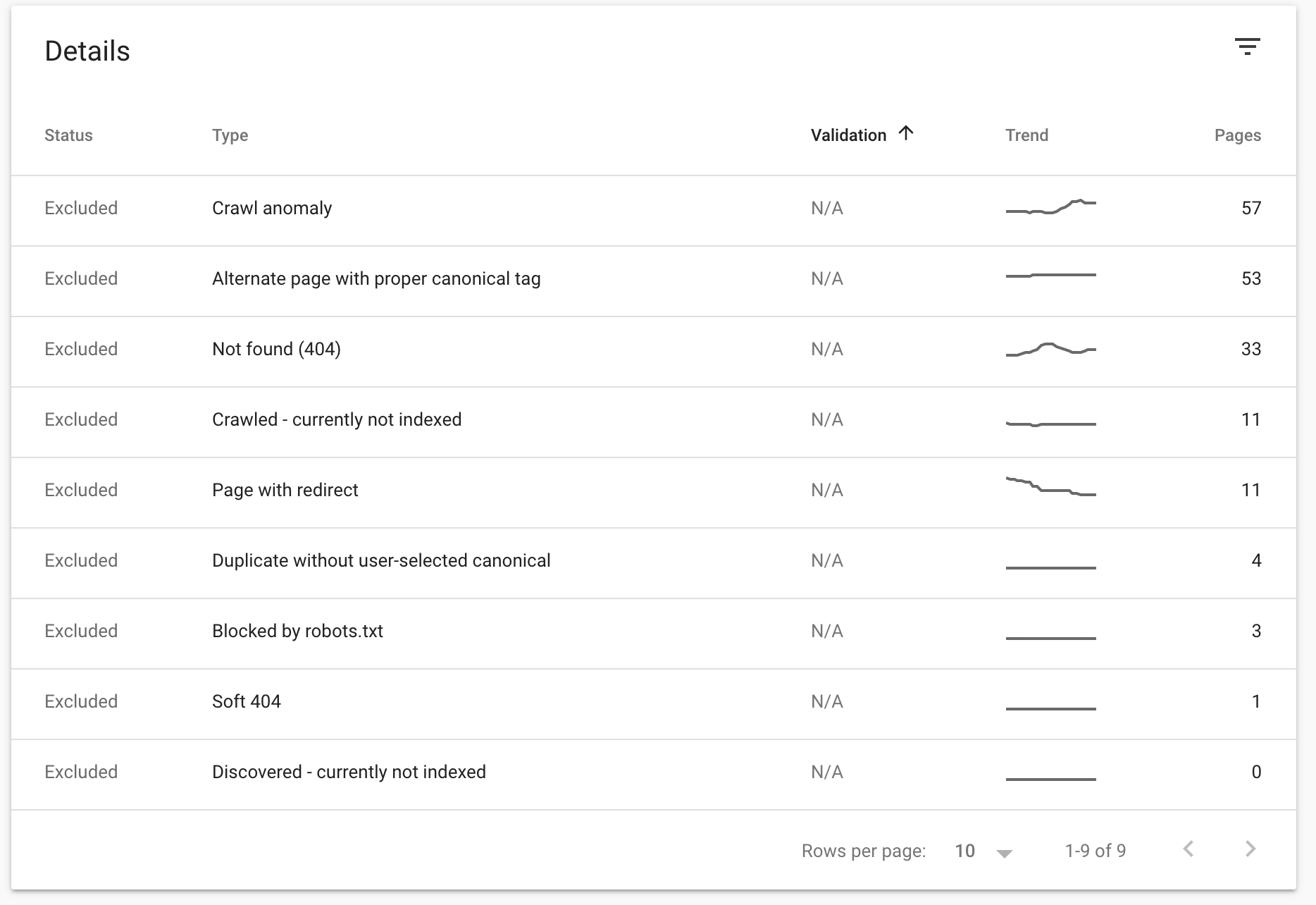
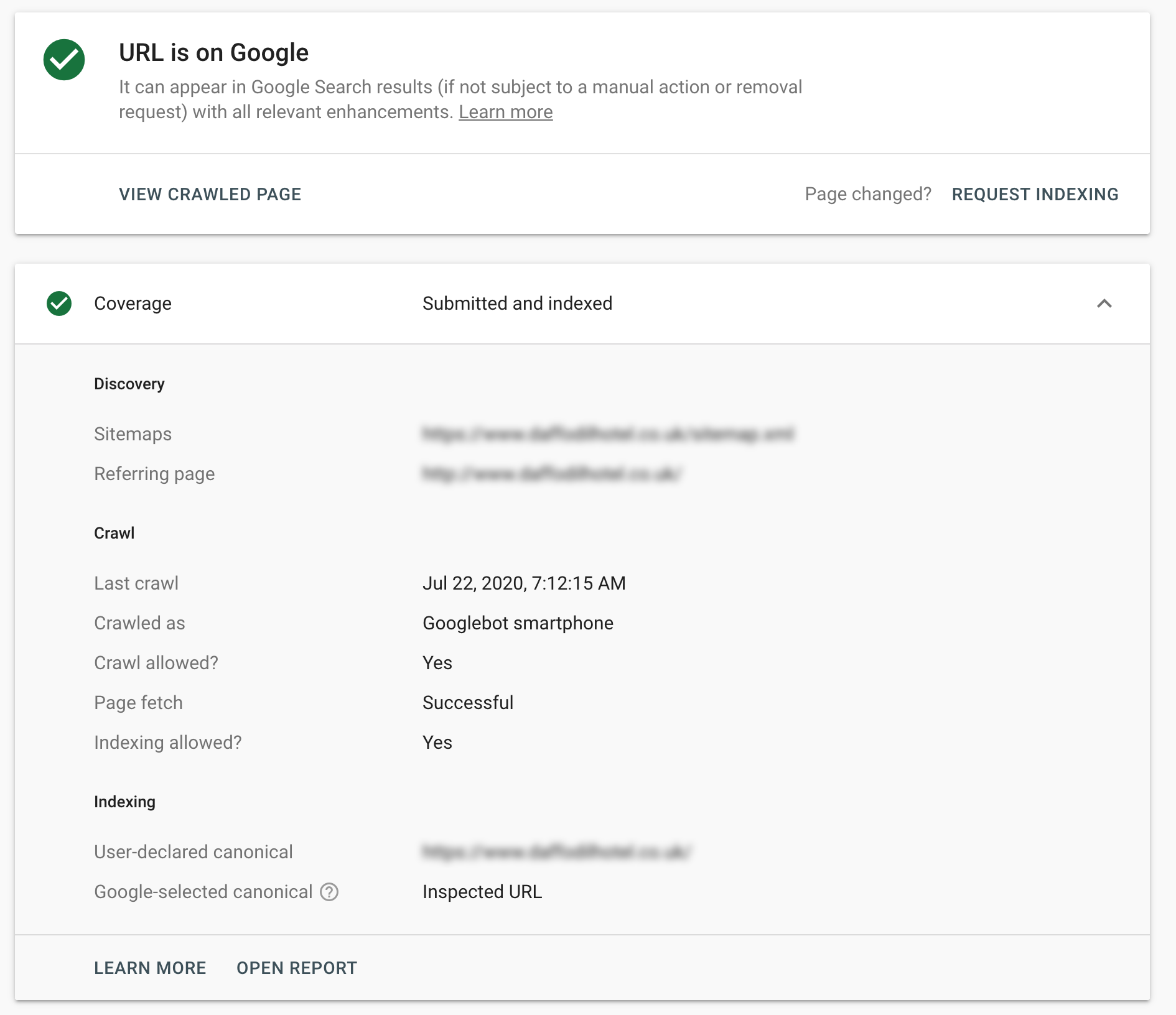
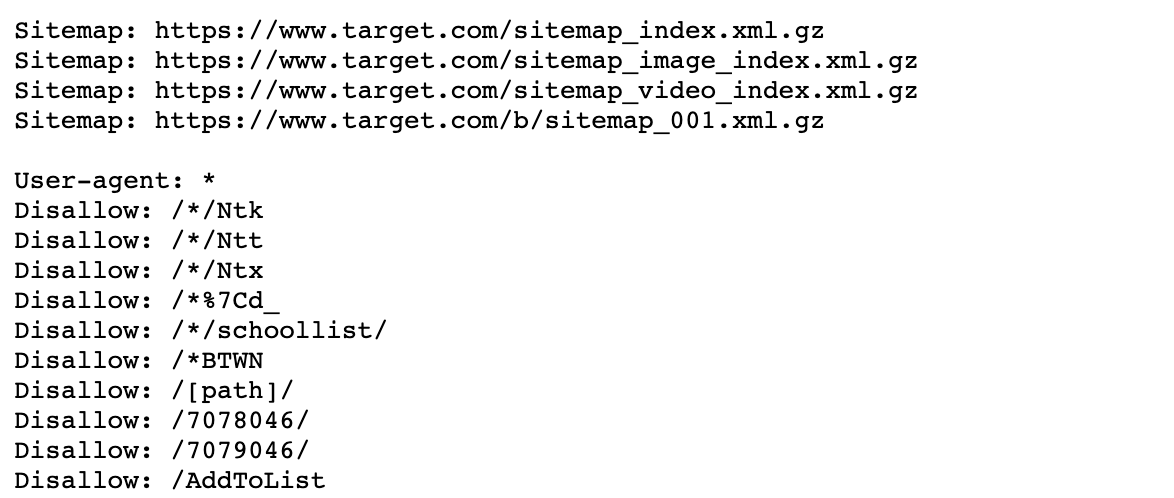


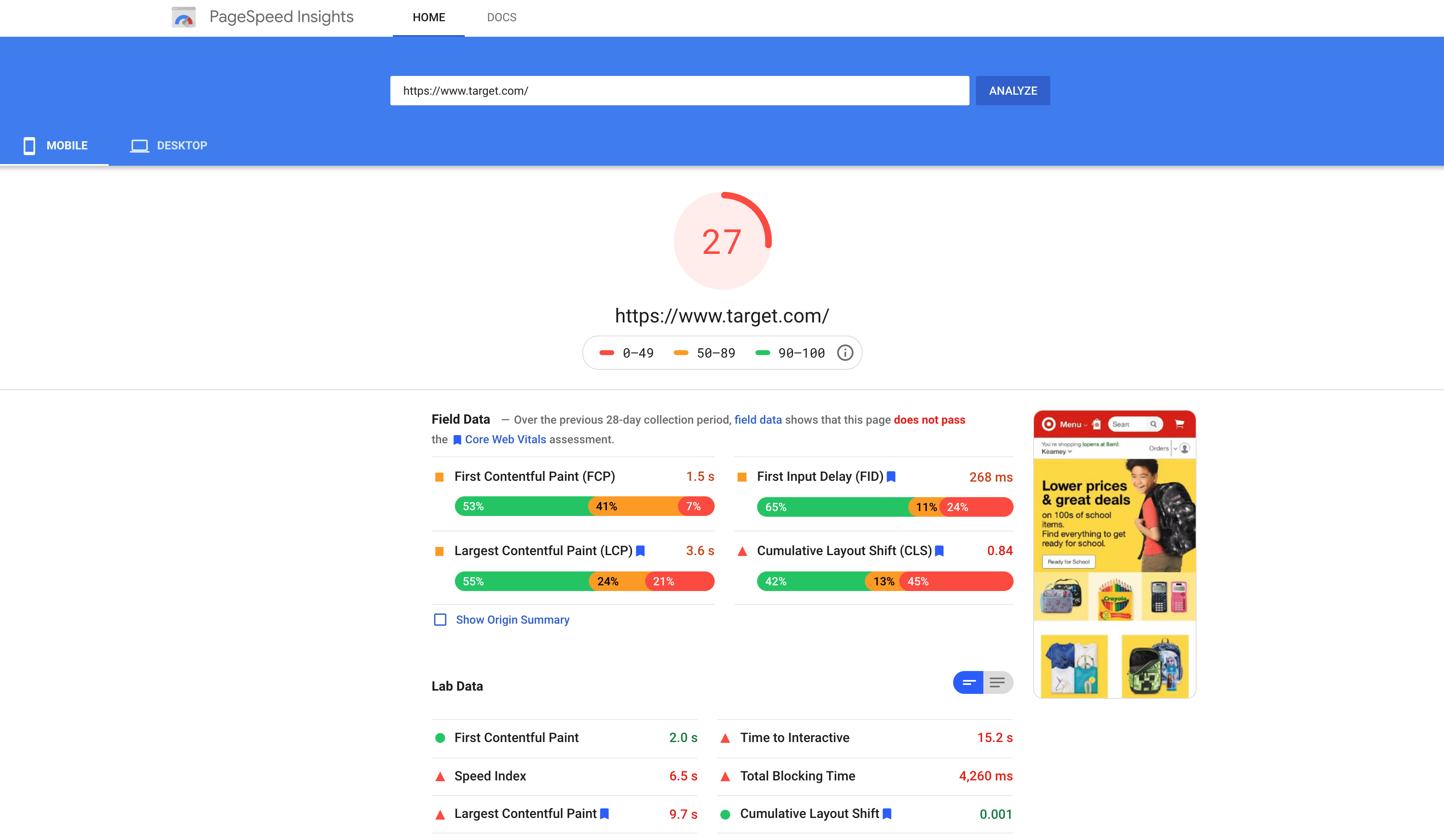
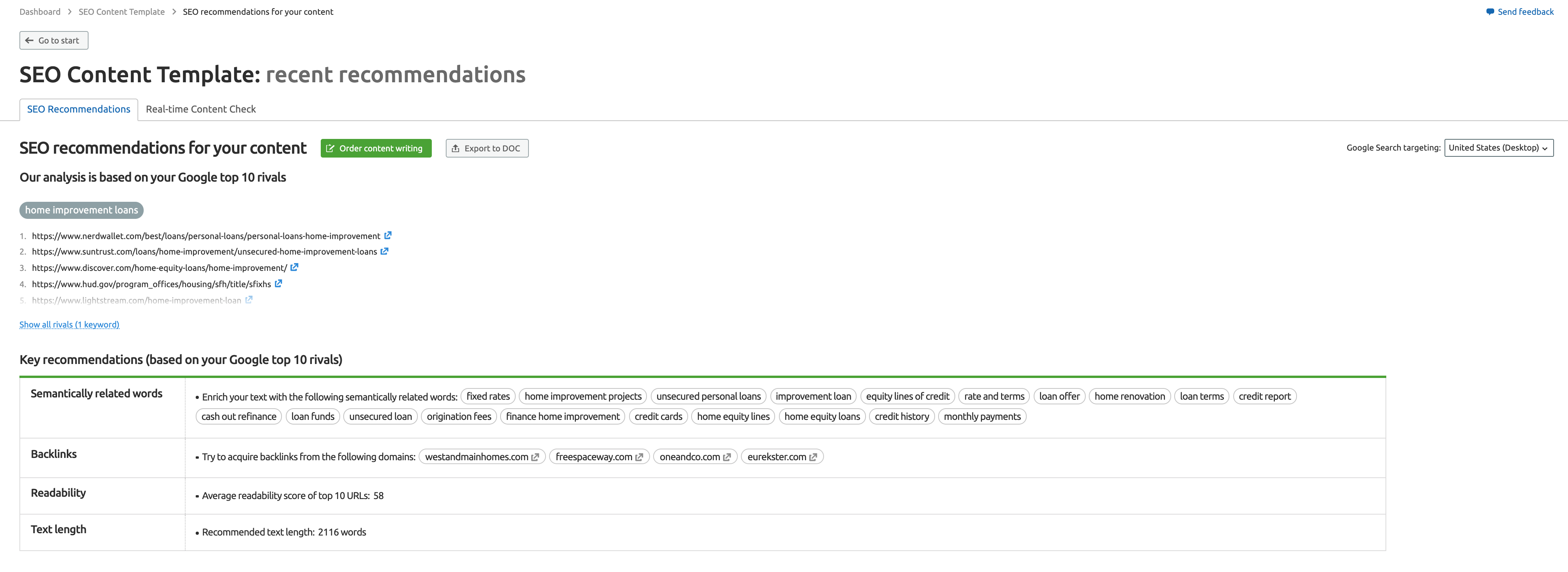


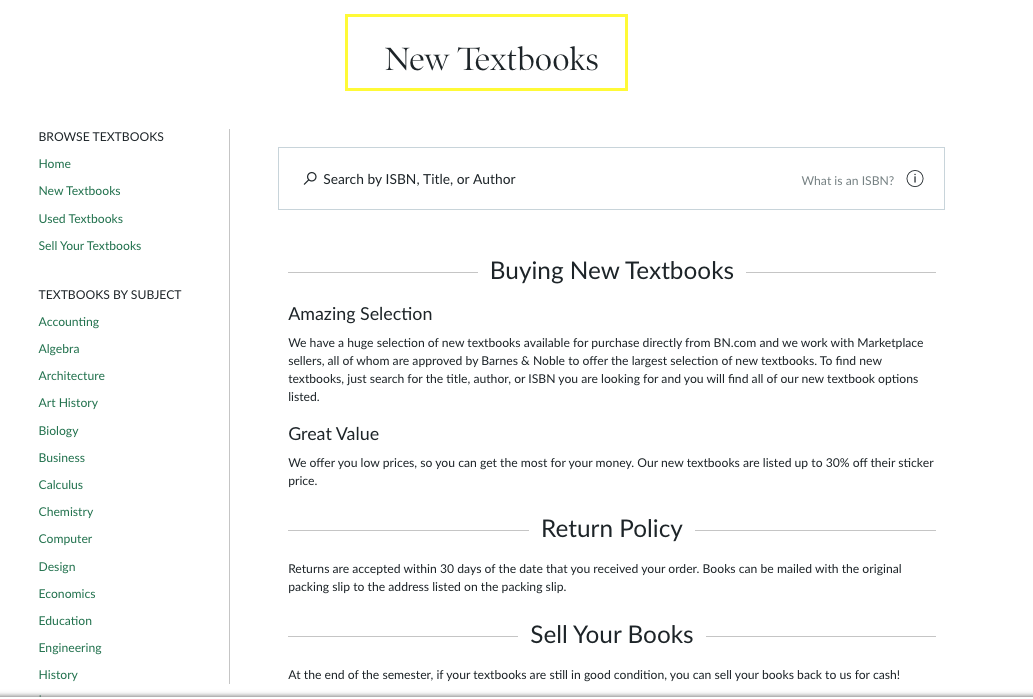
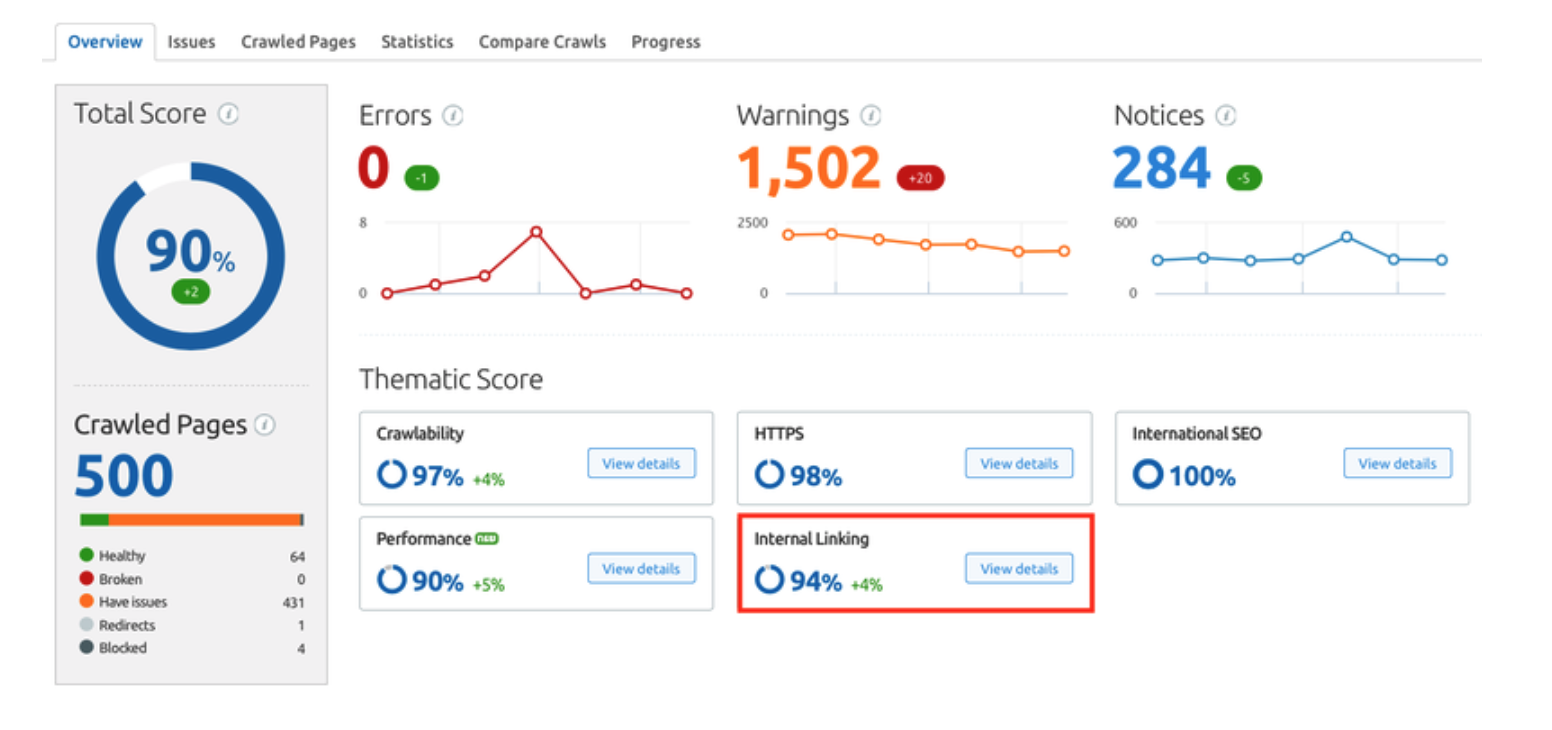

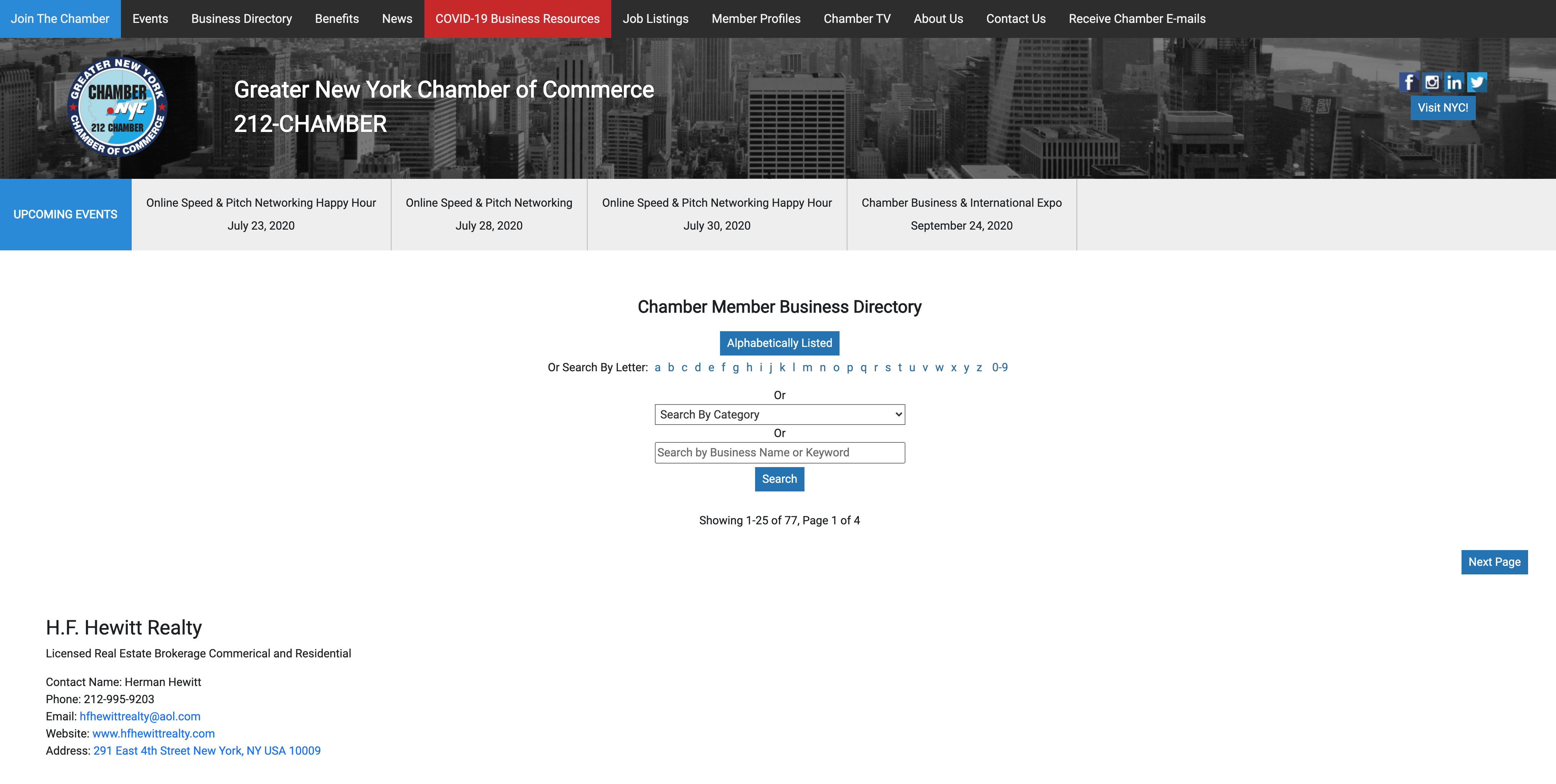

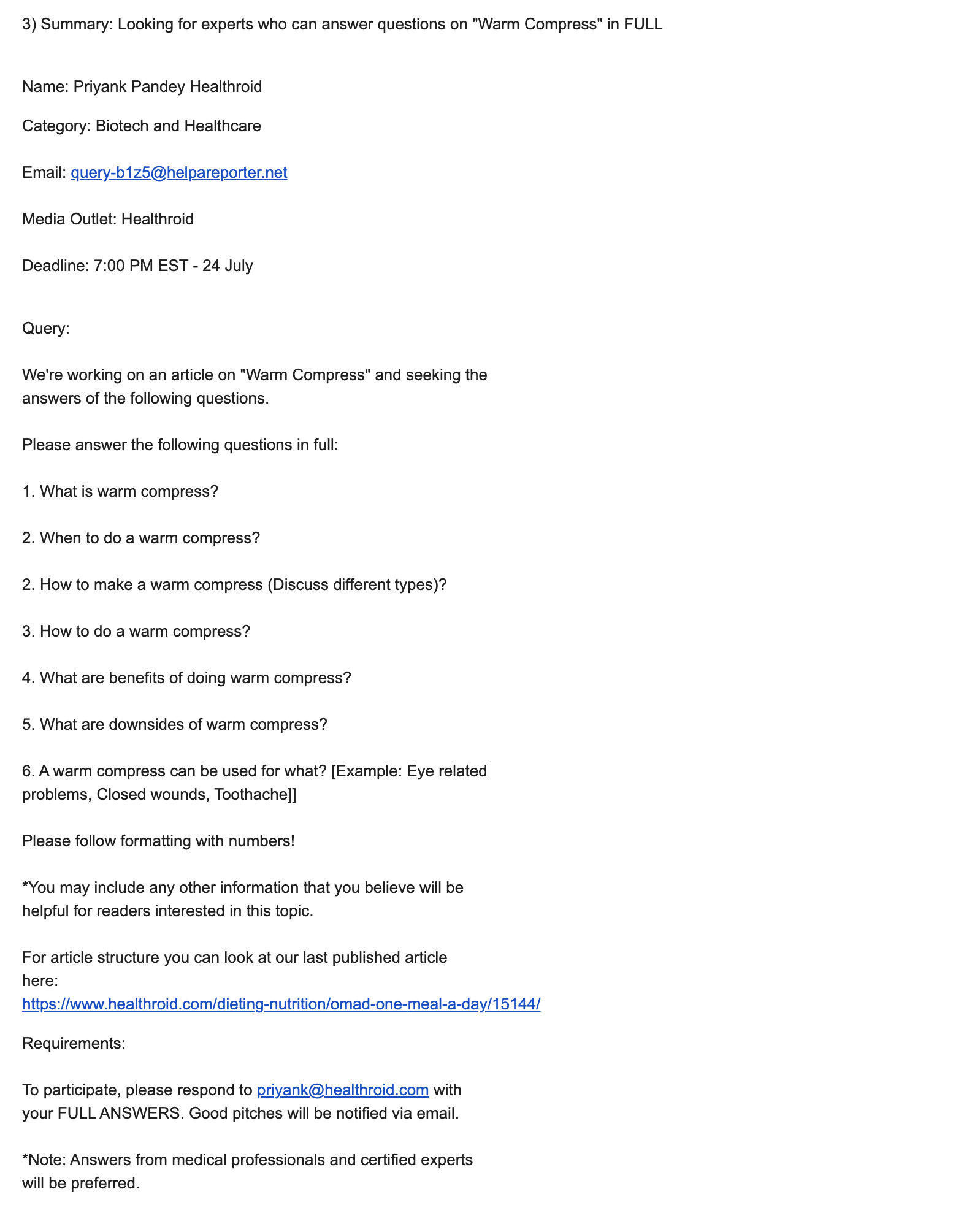
No comments:
Post a Comment